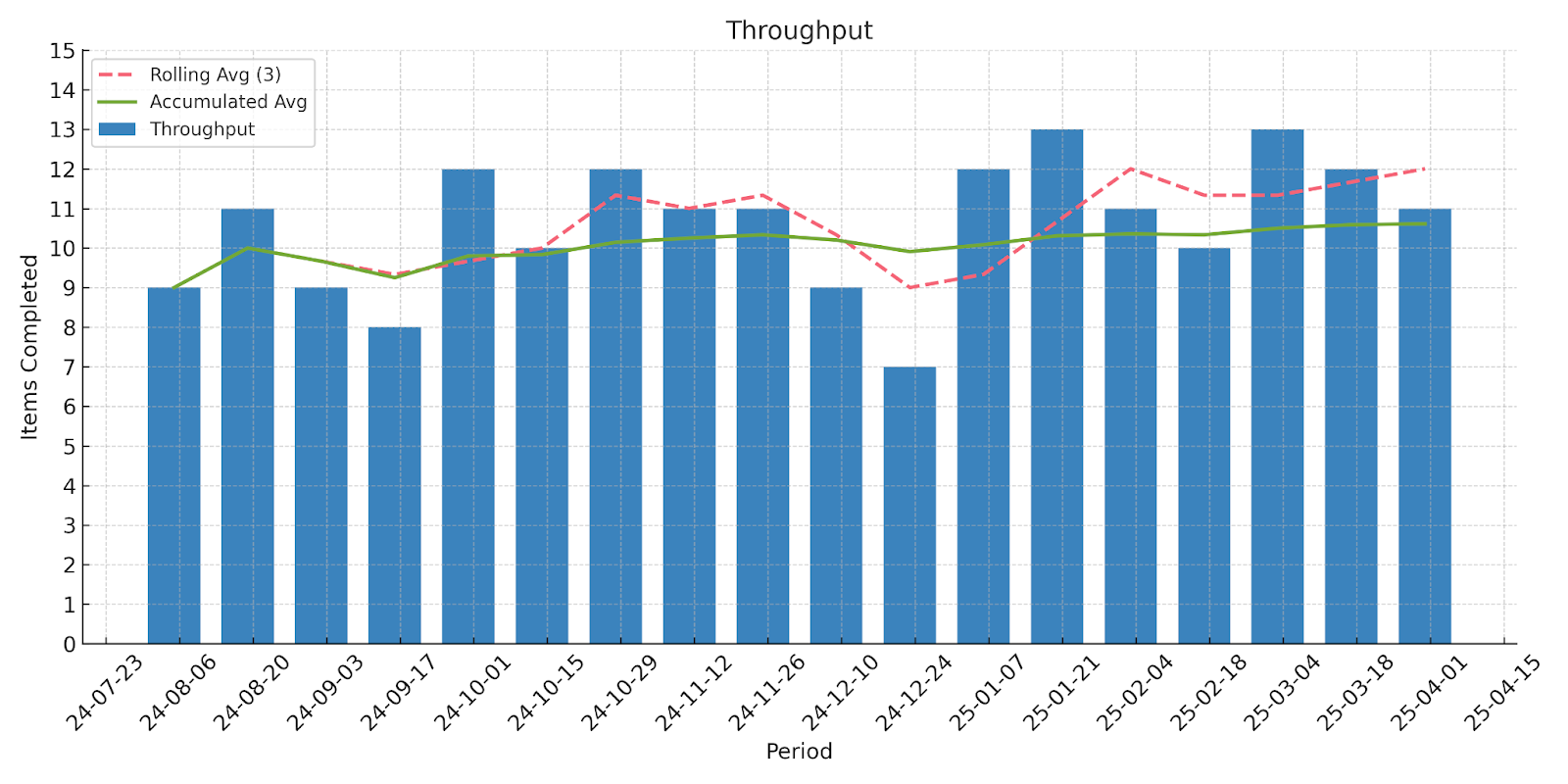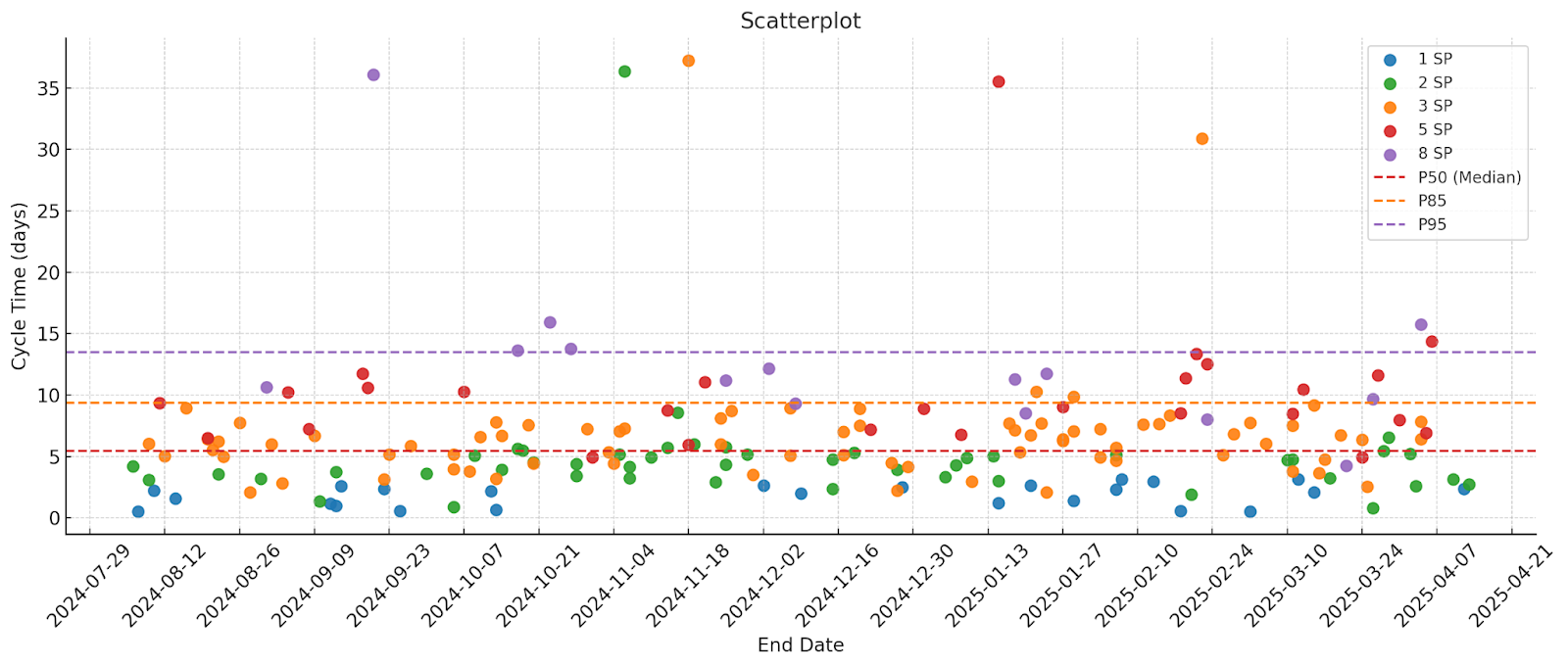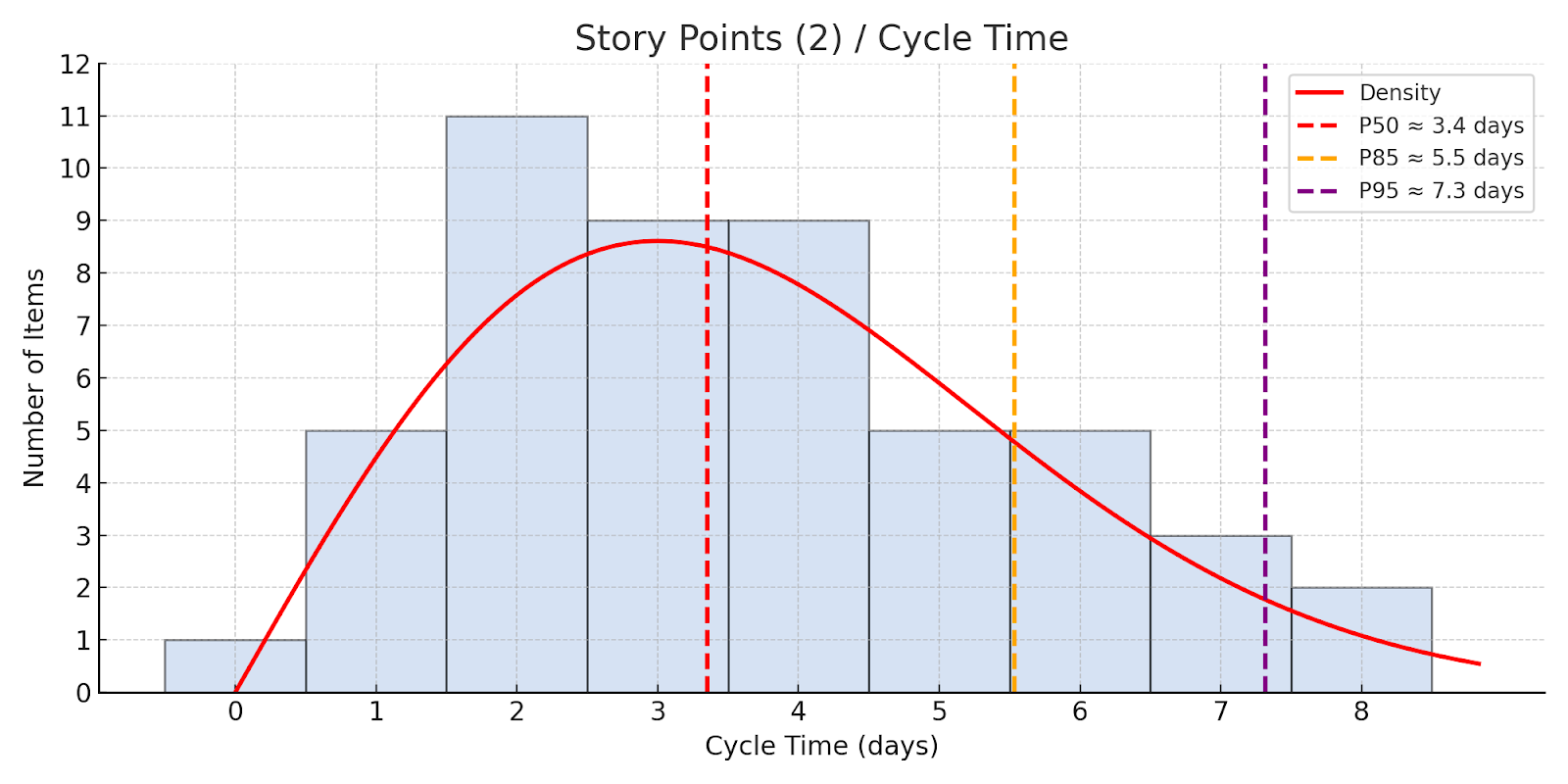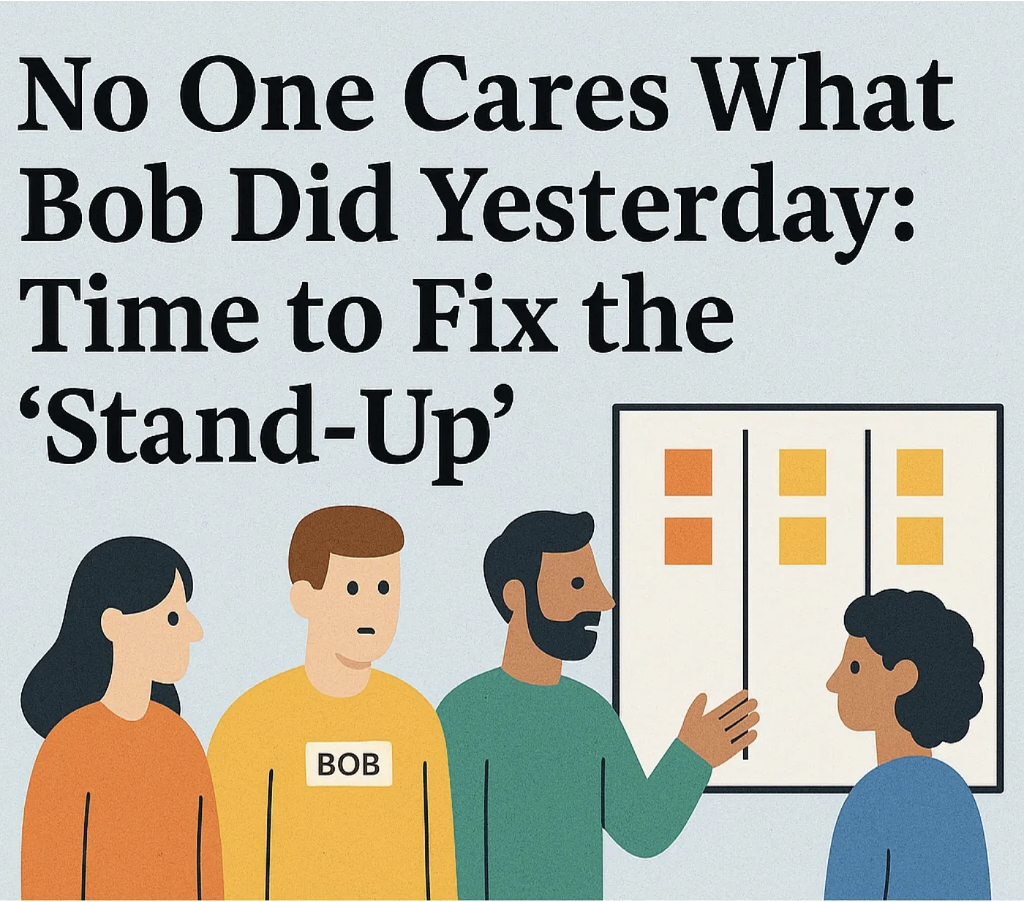Our Journey with Flow Metrics
Guest Author - Jose Molina | Workflow Optimizer & ProKanban.org Community Contributor
I was working with a team that started being questioned by the organization for not meeting what was “committed” in the sprints. The organization mainly focused on completion percentages—both in story points and number of items—instead of focusing on achieving the Sprint Goal. In our case, those “commitment” metrics were usually lower than those of other teams, even when we reached the sprint goal.
The curious part? Despite that, we were the team with the highest flow of releases to production and we always delivered on the real business commitments. Something didn’t add up: the way we were being evaluated didn’t reflect the value we were delivering or our actual pace of work.
That’s when I decided to introduce Flow Metrics.
What We Discovered
We started measuring our Throughput and, to everyone’s surprise, it was consistent. Using percentiles, especially the P85, allowed us to better understand our actual pace and analyze why some items would take longer (blockers, dependencies, lack of clarity…).

We placed more emphasis on managing WIP, prioritizing finishing over starting, and encouraging collaboration. It helped reduce complexity, especially when working on the same branch.
More and more, we began to see our work as a constant flow, beyond the artificial start and end dates of the sprint. That helped us realize why many deliveries didn’t match the sprint timing, but still maintained a healthy cadence over time.
And taking it a step further, we also implemented Monte Carlo simulations, which completely changed how we answered the classic question: “When will it be done?”
From Fear to Understanding
Introducing Flow Metrics wasn’t easy. At first, the team felt like it was a time-based micromanagement system. There was also emotional resistance around Story Points, a practice the developers strongly defended versus giving time estimates.
Like any change in how we work, we had to focus on teaching and explanation—with conversations, visuals, and a lot of open discussion. Eventually, the team started to understand that these metrics weren’t about control, but a statistical indicator to help us improve how we work and make it more visible and understandable.

What really unlocked the conversation was showing, for example, that an item estimated at 2 story points had more than an 85% chance of being completed in 6 days or less. By discovering those correlations, it became obvious that we could base our discussions on real data rather than assumptions. And that made everything more fluid

Practical Usage
We added Aging WIP colors on our Jira board to visually highlight what was taking longer than usual, coloring the cards based on their age and enabling the “days in column” feature. It became a powerful tool to focus on: “Why is this stuck?”
With that new stability, Monte Carlo by date became a widely accepted planning tool across the organization. Being able to say:
“We can deliver this with a 50% chance by March 10, 85% by March 22, and 95% by April 6”
…was well received. The language of dates and probabilities was much more intuitive than talking about points or tasks.
Tools We Used
- Data exported from Jira
- Excel spreadsheets
- Jira Flow Companion
- ActionableAgile for Monte Carlo simulations
- A custom ChatGPT agent for deeper analysis and customized charts
Was It a Good Idea?
Yes—without a doubt. Using Flow Metrics helped us better understand how we work. It gave us visibility into areas for improvement and showed us what was already working and worth strengthening.
We gained confidence to take on new challenges, and the ability to show that we were a stable, predictable, and reliable team. And most importantly, it helped us make others see that delivering value consistently is more important than completing everything on time.
If you’re looking for more clarity, more stability, and a deeper understanding of how your team works, I encourage you to take the step: start using Flow Metrics.
Guest Author - Jose Molina | Workflow Optimizer & ProKanban.org Community Contributor


